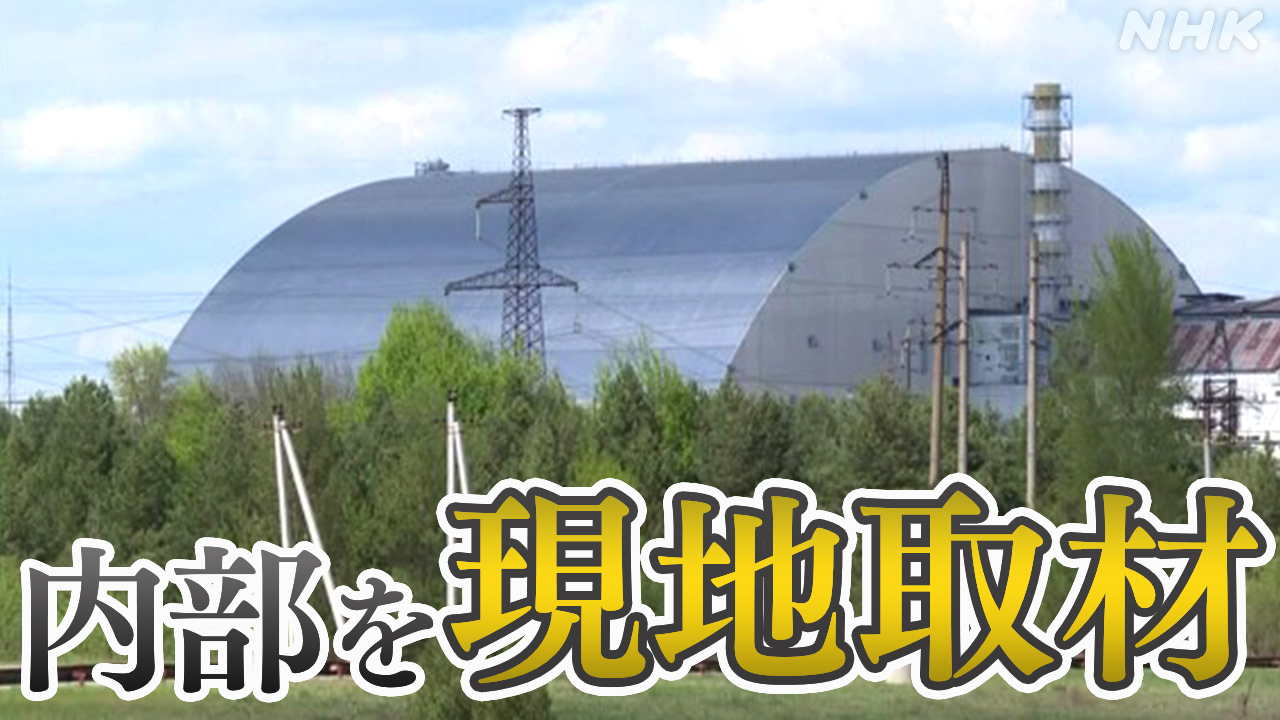Chernobyl Shelter: Damage from Russian Offensive Raises Nuclear Safety Concerns
The ongoing conflict in Ukraine has cast a long shadow over the Chernobyl Exclusion Zone, raising serious concerns about the safety of the sarcophagus sheltering the damaged nuclear reactor. Recent reports indicate damage to the Chernobyl Nuclear Power Plant (NPP) and its surrounding infrastructure, caused by the Russian military offensive, potentially jeopardizing the long-term containment of radioactive materials. This article explores the extent of the damage, the implications for nuclear safety, and the ongoing efforts to mitigate potential risks.
Damage Assessment: A Complex Picture
The initial reports of damage to the Chernobyl site were fragmented and often conflicting, hampered by the ongoing conflict and restricted access to the area. However, a clearer picture is emerging, revealing damage extending beyond the immediate vicinity of the reactor.
Confirmed Damage:
- Destruction of infrastructure: Reports confirm damage to power lines, communication systems, and other essential infrastructure surrounding the Chernobyl NPP. This disruption has impacted monitoring capabilities and the ability to maintain the site’s safety systems.
- Compromised security: The temporary occupation of the site by Russian forces raised concerns about the security of the nuclear materials and the potential for accidental or intentional damage. The implications of this security breach remain a subject of ongoing investigation.
- Potential for radiation leaks: While no significant radiation leaks have been confirmed, the damage to infrastructure and the potential for further disruptions raise concerns about the long-term stability of the sarcophagus and the integrity of the containment system.
Unconfirmed Reports:
Several reports, yet to be independently verified, claim further damage to the sarcophagus itself or increased radiation levels in the Exclusion Zone. These reports require careful investigation and confirmation before drawing definitive conclusions. The International Atomic Energy Agency (IAEA) is actively working to verify these claims.
Nuclear Safety Implications: Long-Term Risks
The damage to Chernobyl's infrastructure and the security breaches significantly impact the long-term safety of the site. The risk isn't just immediate; it's also about the potential for long-term degradation of the containment structures, leading to increased risks of radiation leaks in the future.
Key Concerns:
- Loss of monitoring capabilities: Damage to communication and power systems hampers the ability to monitor radiation levels and the structural integrity of the sarcophagus. This lack of real-time data increases uncertainty and complicates risk assessment.
- Potential for further damage: Continued conflict in the vicinity of Chernobyl poses a significant threat of further damage to the site, potentially leading to a catastrophic release of radioactive materials.
- Long-term maintenance challenges: The ongoing war makes it challenging to maintain and repair the existing infrastructure, potentially accelerating the degradation of the containment systems.
International Response and Ongoing Efforts
The international community has expressed serious concern over the events at Chernobyl. The IAEA, alongside other international organizations and governments, is actively working to:
- Assess the damage: Conduct thorough inspections and assessments of the damage to the Chernobyl site to understand the full extent of the problem.
- Provide support: Offer technical assistance and support to Ukrainian authorities to ensure the safety of the Chernobyl NPP and the surrounding area.
- Monitor radiation levels: Maintain close monitoring of radiation levels in the region to detect any anomalies and mitigate potential risks.
- Investigate alleged war crimes: Many countries are pushing for investigations into potential war crimes linked to the damage to the Chernobyl site and the implications for international security.
Conclusion: A Looming Threat
The damage inflicted on the Chernobyl shelter during the Russian offensive poses a significant threat to nuclear safety and environmental stability. The long-term consequences remain unclear, and continued monitoring, international cooperation, and prompt action are crucial to mitigate potential risks and prevent a further escalation of the crisis. The situation demands sustained attention from the global community, emphasizing the critical need for international collaboration to address the implications of armed conflict on nuclear facilities.
Keywords: Chernobyl, Chernobyl Nuclear Power Plant, Russia, Ukraine, Nuclear Safety, Radiation, Sarcophagus, International Atomic Energy Agency (IAEA), War, Conflict, Nuclear Disaster, Environmental Concerns, Security Breach, Infrastructure Damage.
